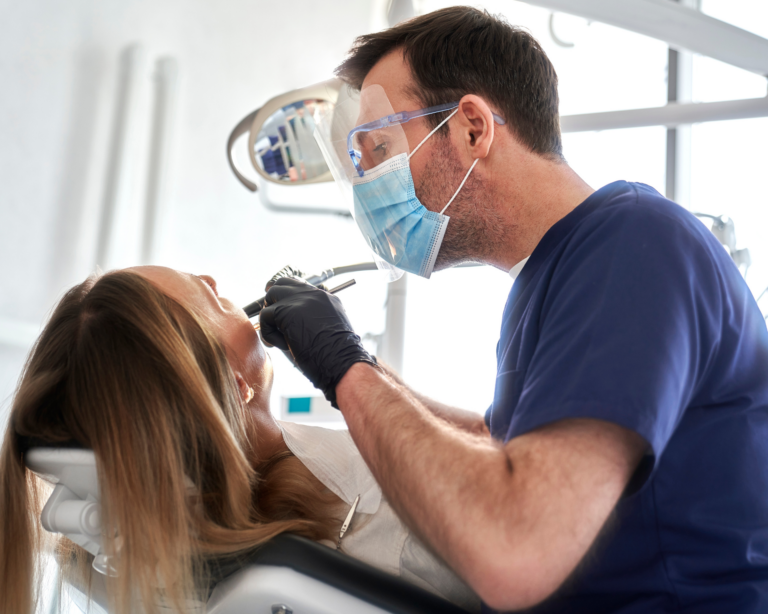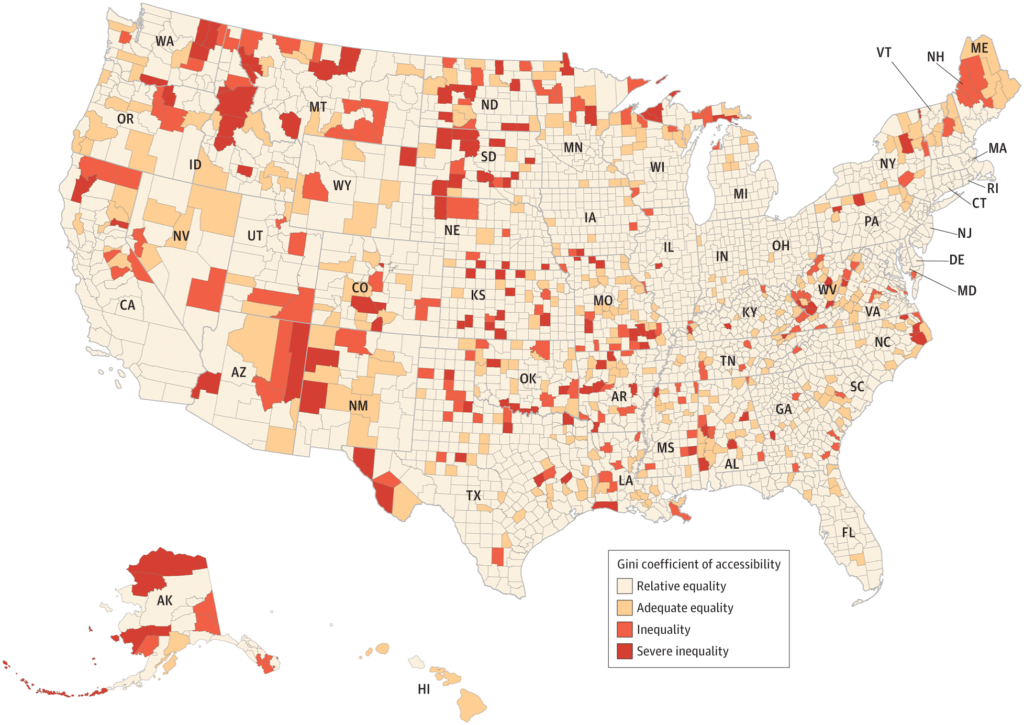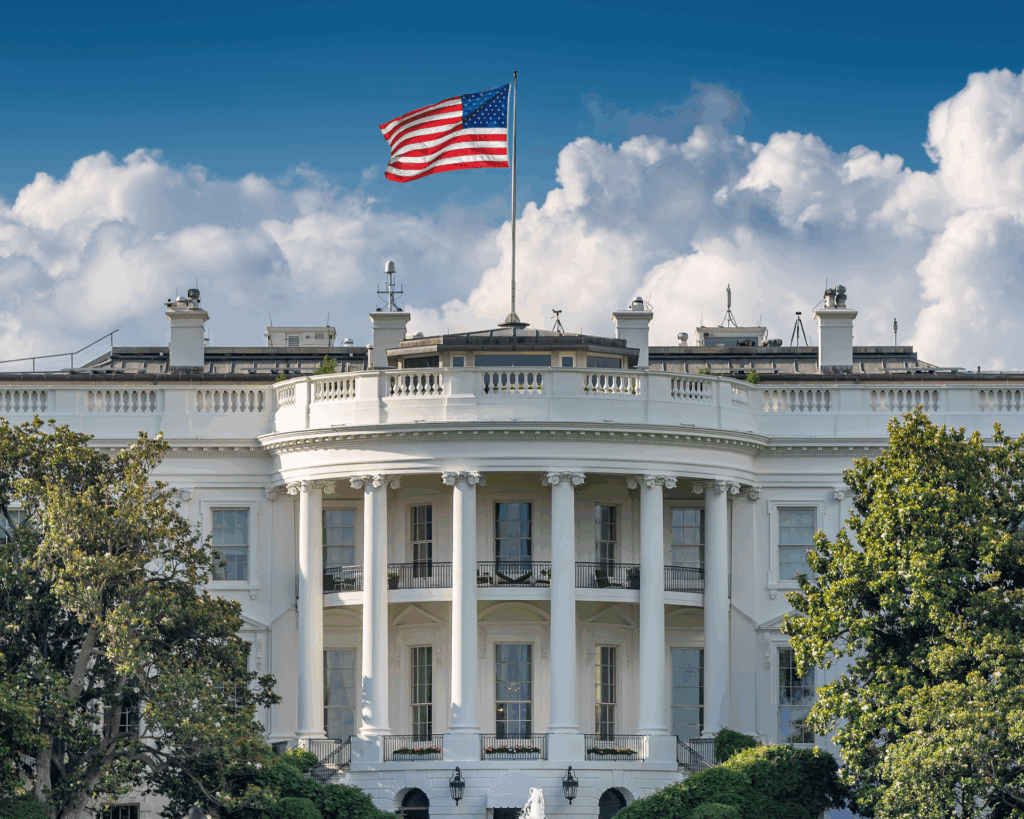The Geography of a Healthy Smile
The maldistribution of the dental workforce across the country disproportionately affects the health of rural and uninsured populations.

Read Time: 2 minutes
Published:
Brush your teeth with fluoridated toothpaste twice a day. Floss once a day. Avoid tobacco. Limit sugary drinks and foods. Visit the dentist twice a year.
Recommendations like the ones listed have been ingrained in us since childhood, serving as a foundation for good oral health. However, millions of Americans do not have access to essential dental care due to a lack of insurance and geographic barriers. Without dental care, individuals face risks to their oral health, potentially leading to heart disease, pregnancy complications, pneumonia, or death in extreme cases.
Md. Shahinoor Rahman and colleagues examined the geographic distribution of dental clinics across the U.S. The researchers used U.S. Census data and the IQVIA national dentists’ database to analyze demographic trends and the availability of practicing dentists by census tract.

For 1.7 million Americans, there is not a dental clinic within a 30-minute drive. Additionally, 24.7 million people across 387 counties – represented in the darkest reds on the map – face significant inequalities in dental care. Many of these counties are rural and have high rates of uninsured and poor populations.
White populations are more likely to reside in dentist shortage areas due to rural demographic makeup, but disparities persist in non-shortage areas. The researchers found that Hispanic and Black individuals living in urban areas were more likely to reside in neighborhoods with less dental care, affecting access.
These data demonstrate a geographic maldistribution of the dental workforce that favors urban and insured populations. To bridge this gap, the researchers advocate for targeted interventions, such as grants, to encourage dentists to practice in shortage areas. Other solutions include expanding access to dental therapists – mid-level providers who can provide basic treatments – and integrating dental care into schools and nursing homes to reach at-risk populations.



